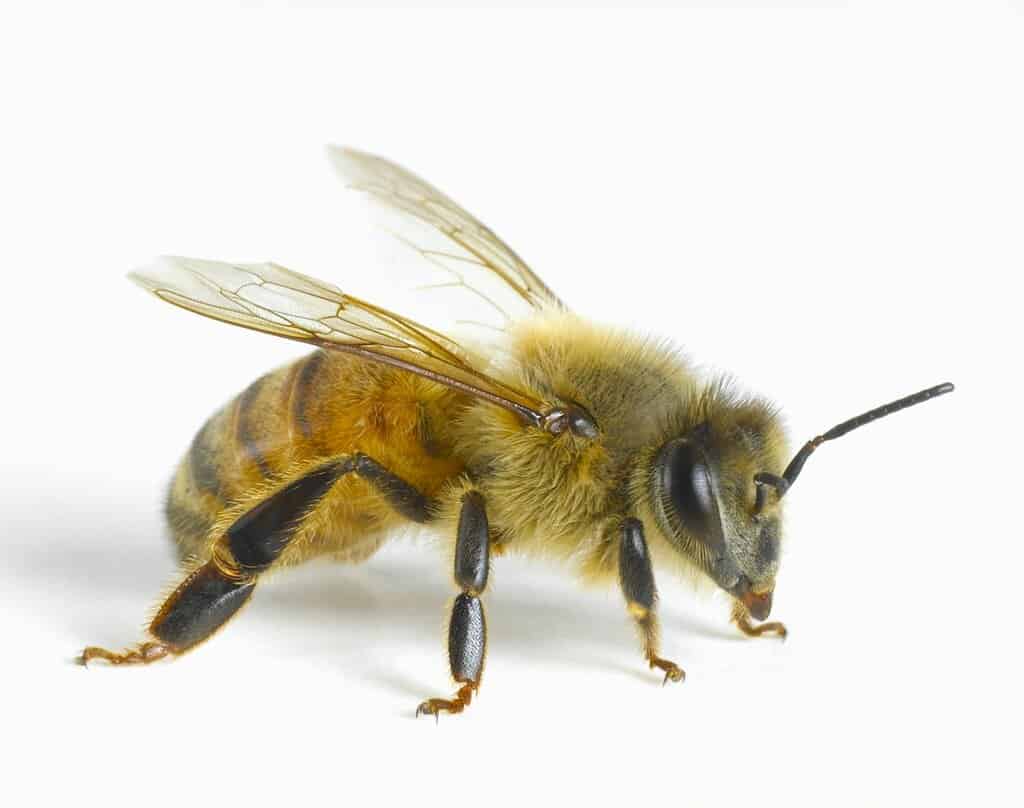Welcome to the world of bee phylum! Beekeeping is an ancient and fascinating practice that has been around for centuries. This guide will take you through the basics of beekeeping, from the life cycle of bees to the equipment and supplies needed for the job. We’ll explore the various types of bees, their habitats, and the benefits of keeping bees. We’ll also look at some tips for successful beekeeping, from how to get started to what to look for when purchasing bees. Finally, we’ll discuss the importance of bee conservation and how you can help protect these important pollinators. So let’s get started and discover the fascinating bee phylum!
Taxonomy and Scientific Classification of Bees
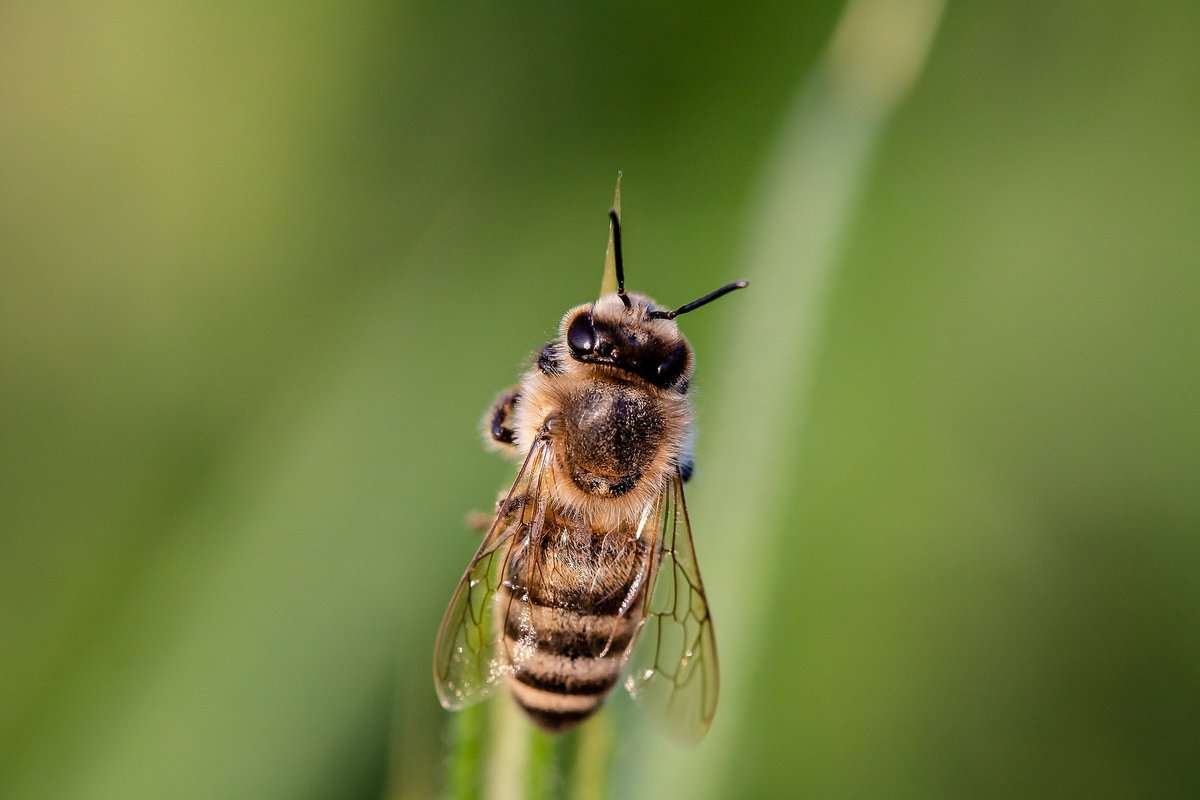
Kingdom
Animals
Phylum
Arthropoda
Class
Insecta
Order
Hymenoptera
Family
Apidae
Genus
Apis
Species
Apis mellifera
The scientific classification of bees belongs to the kingdom Animals, phylum Arthropoda, class Insecta, order Hymenoptera, family Apidae, genus Apis, and species Apis mellifera.
Genus of Honey Bee
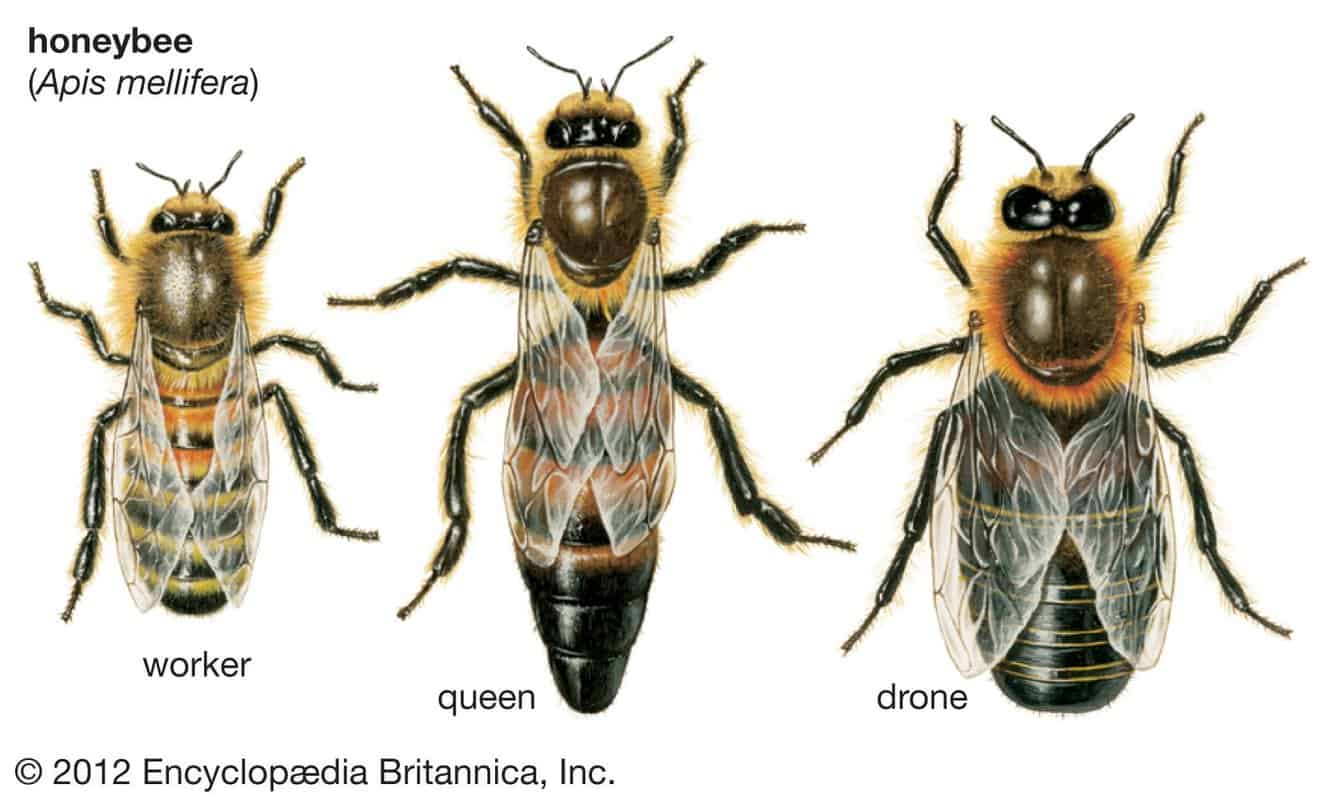
The genus of honey bee is Apis, which is part of the Apidae family of bees. Honey bees are social insects and live in colonies where they collect nectar and pollen from flowers. They are important pollinators for many plants and help to keep the environment healthy. Honey bees can be found in most parts of the world, although they are most common in Europe and Asia.
Honey bees have four distinct stages of life: egg, larva, pupa and adult. They produce honey from the nectar they collect and use it to feed their young. Honey bees are incredibly industrious and can work together in a highly organized manner. They use a process known as “waggle dancing” to communicate with each other and share information about food sources.
The honey bee is a remarkable creature and plays an essential role in the environment. Beekeeping is a popular hobby and is a great way to learn more about this fascinating insect.
Scientific Name of Honey Bee
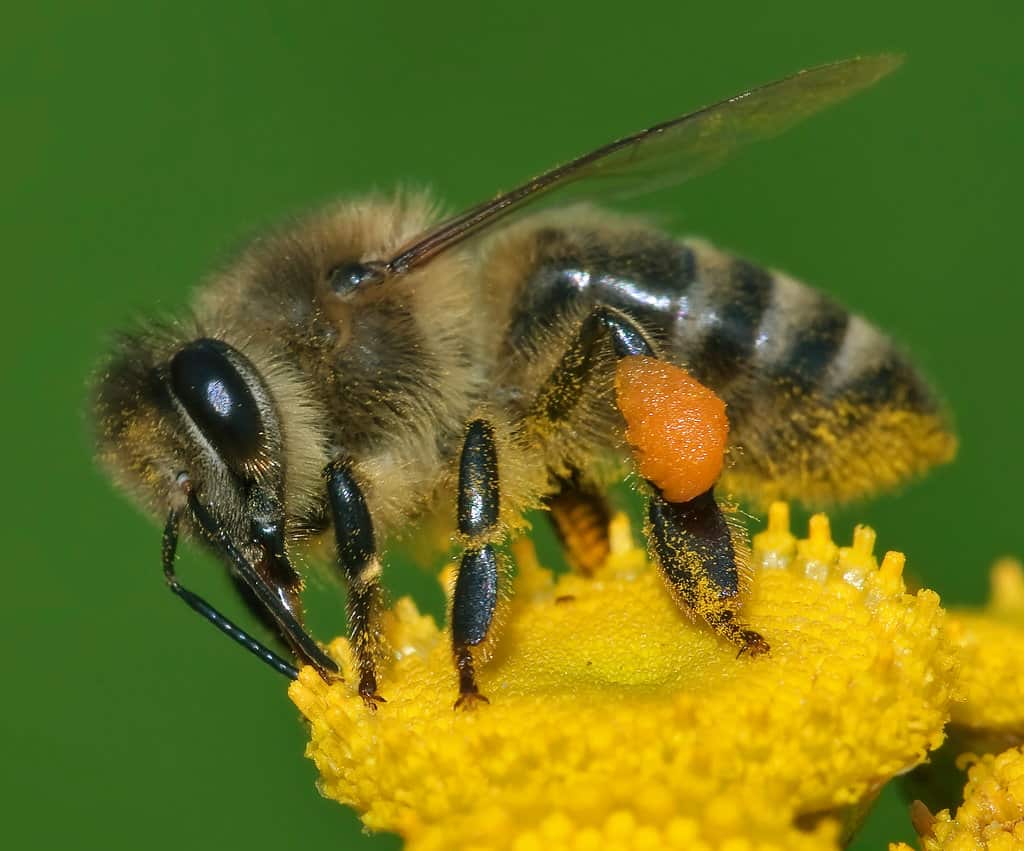
The scientific name of the honey bee is Apis mellifera. Honey bees are a species of social insect in the family Apidae, which also includes bumblebees, stingless bees, carpenter bees, and orchid bees. Honey bees live and work in colonies made up of three types of bees: the queen, drones, and workers.
The queen is the only fertile female in the colony and her role is to lay eggs and maintain the hive. The drones are the only males in the colony and their role is to mate with the queen. The workers are the only sterile females in the colony and their role is to collect nectar and pollen, secrete beeswax, and take care of the queen and the young bees.
Honey bees are considered one of the most important pollinators in the world, as they pollinate more than 80% of the world’s flowering plants. They are also a valuable source of honey and bee products, including beeswax and propolis.
Overall, the scientific name of the honey bee is Apis mellifera, and they are a fascinating species that play an important role in the world’s ecosystems.
What is the Scientific Name for a Bee?
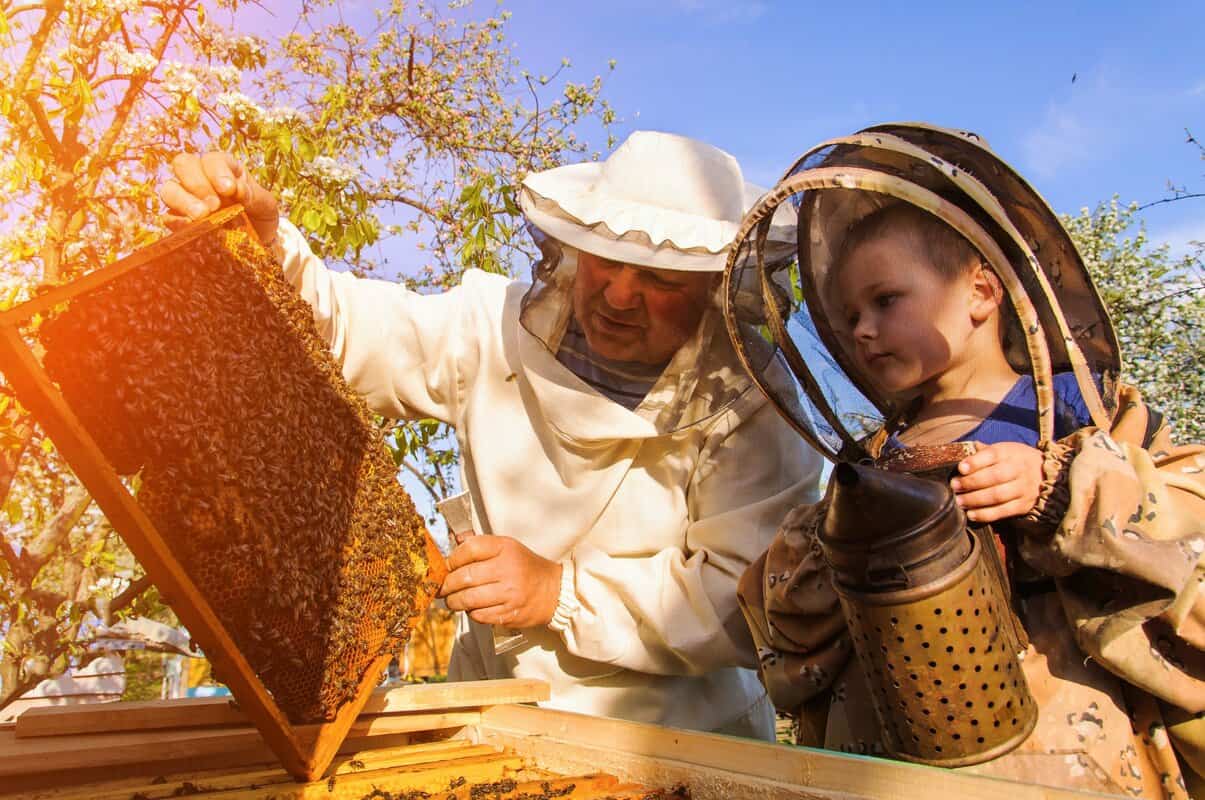
The scientific name for a bee is Apidae. This is a member of the family of insects that also includes ants and wasps. Bees belong to the Order Hymenoptera and the Suborder Apocrita. The scientific name for the bee species is Apis mellifera.
| Insect | Scientific Name |
|---|---|
| Bee | Apidae |
| Order | Hymenoptera |
| Suborder | Apocrita |
| Species | Apis mellifera |
Bees are known for their role in pollination and producing honey and beeswax. They are social insects that live in colonies and have a complex social structure. There are over 20,000 species of bees, with the majority being solitary bees. The honey bee is the most commonly kept bee and is used for honey production and pollination.
Bee Classification
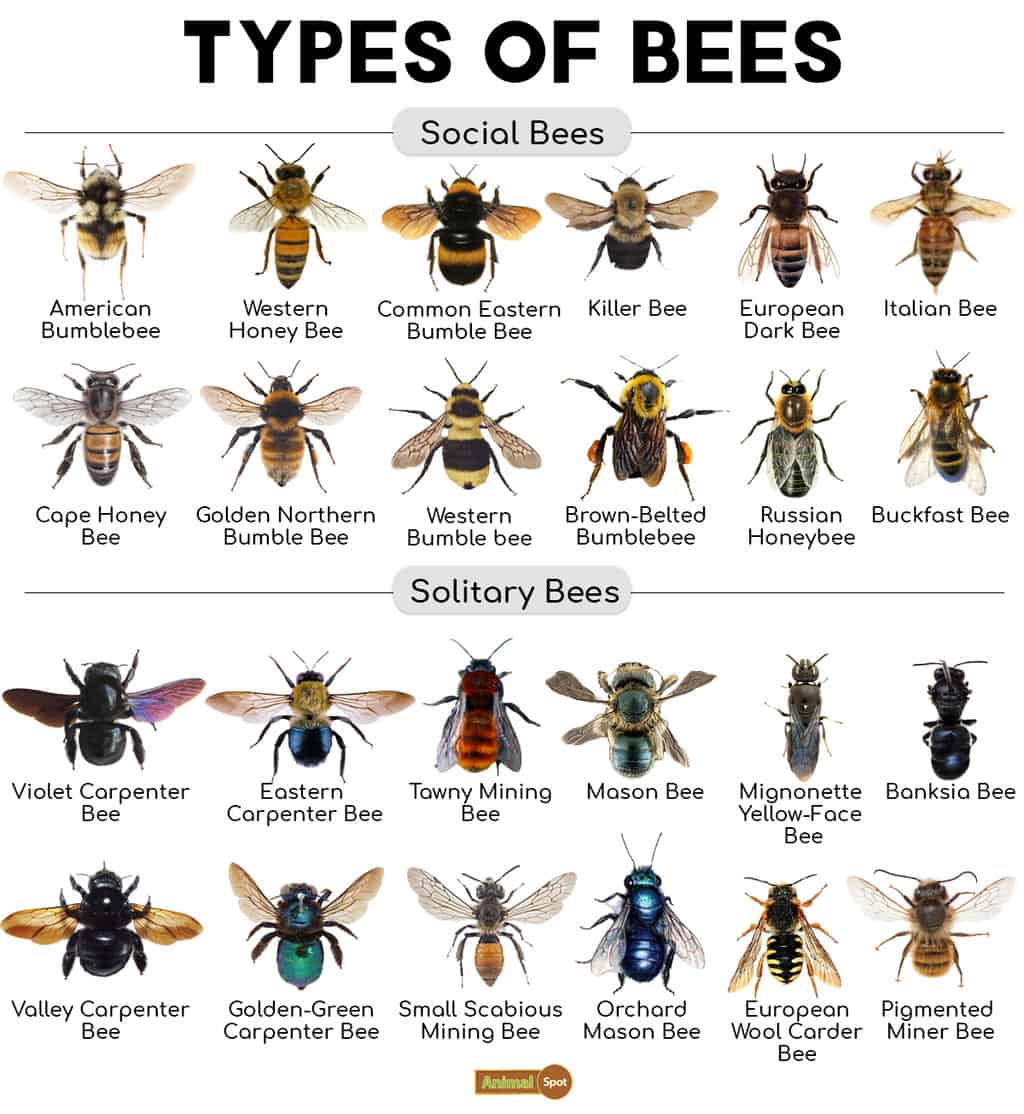
Bees belong to the Phylum Arthropoda, Class Insecta, Order Hymenoptera, Suborder Apocrita, and Superfamily Apoidea. This diverse group of insects includes over 20,000 known species, with the scientific name Apidae. Bees can be further classified into nine families, which are listed below:
- Apidae: This family includes honey bees, bumble bees, carpenter bees, and stingless bees.
- Megachilidae: This family includes leafcutter bees and mason bees.
- Colletidae: These are polyester bees and plasterer bees.
- Halictidae: These bees are commonly known as sweat bees.
- Andrenidae: This family includes mining bees and digger bees.
- Stenotritidae: These bees are commonly known as small carpenter bees.
- Melittidae: These bees are commonly known as melittid bees.
- Dasypodaidae: This family includes cuckoo bees.
- Syrphidae: These bees are commonly known as hoverflies.
These families are further divided into subfamilies, tribes, genera, and species. Bees can be distinguished by their size, color, and behavior. They range in size from less than 1 millimeter to over 4 centimeters. Bees come in colors such as black, brown, yellow, orange, and red. They are also known for their social behavior and their ability to produce wax and honey.
Scientific Classification of Honey Bee
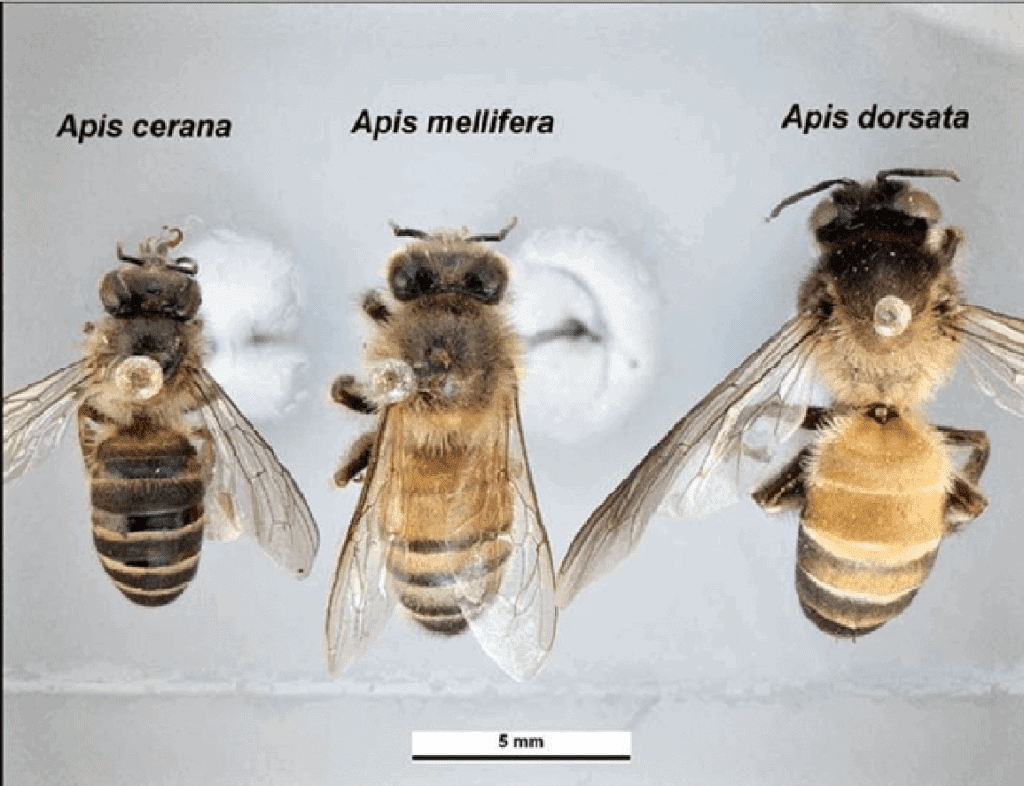
Honey bees belong to the Animalia kingdom and the Phylum Arthropoda. They are part of the Class Insecta, and their scientific name is Apis mellifera. Honey bees are further divided into Order Hymenoptera which includes ants, wasps, and bees.
| Kingdom | Phylum | Class | Order | Family | Genus | Species |
|---|---|---|---|---|---|---|
| Animalia | Arthropoda | Insecta | Hymenoptera | Apidae | Apis | mellifera |
Honey bees are further classified into the Family Apidae, and the Genus Apis. The species of honey bee is Apis mellifera.
Latin Name for Bees
Bees belong to the family Apidae and are further divided into four main genera:
- Apis – the honey bee genus consisting of seven species
- Bombus – the bumblebee genus consisting of 250 species
- Megachile – the leafcutter bee genus consisting of 1,500 species
- Xylocopa – the carpenter bee genus consisting of 500 species
Bees are also classified as Hymenoptera, which is the same order that includes ants, wasps, and sawflies.
Frequently Asked Questions
What are the most common types of bees found in beekeeping?
Honey Bees: The most common type of bee for beekeeping is the European honey bee (Apis mellifera). Honey bees are social insects, living in large colonies, and are highly efficient pollinators.
Bumble Bees: Bumble bees (Bombus spp.) are larger than honey bees and have fuzzy bodies. They are social bees, living in colonies, and they are also important pollinators.
Carpenter Bees: Carpenter bees (Xylocopa spp.) are solitary bees that are typically larger than honey bees. Carpenter bees are known for their ability to bore into wood to create galleries for their nests.
Mining Bees: Mining bees (Andrena spp.) are solitary bees that are smaller than honey bees. They are also important pollinators.
Mason Bees: Mason bees (Osmia spp.) are small, solitary bees that are known for using mud to construct their nests. They are important pollinators.
What are the Essential Supplies Needed for Beekeeping?
Beekeeping requires several essential supplies, such as hives, protective gear, and tools. Hives come in various sizes, including Langstroth and top-bar hives, and can be made of wood, plastic, or other materials. Protective gear, such as a bee suit and veil, is essential for shielding against stings. Other tools include smokers, hive tools, and feeders. Beekeepers may also need to purchase honey extraction equipment and wax foundation frames.
How Much Space is Needed to Keep a Bee Hive?
Space Requirements
- The minimum amount of space needed to keep a bee hive is at least 3 feet in all directions from the hive.
- The hive should also be placed in a sunny spot, with enough shelter from wind and rain.
- The hive should also be placed away from windows, doors, and other activities that could disturb the bees.
- Ideally, the hive should also be placed in an area with plenty of flowering plants, so the bees can find food.
Hive Size
- The size of the hive also affects the amount of space needed, as the larger the hive, the more room is needed.
- A standard 8-frame hive will require at least 8 square feet of space.
- A Langstroth hive, which is the most common type of bee hive, will require at least 10 square feet of space.
- For larger hives, such as a 10-frame hive, at least 12 square feet of space is needed.
Additional Space
- In addition to the space needed for the hive itself, beekeepers should also plan for additional space for beekeeping equipment, such as bee suits, bee smokers, and other tools and supplies.
- This additional space should be at least 4 feet away from the hive.
How Often Should Beekeepers Check Their Hives?
Bees require regular attention to ensure they remain healthy. Beekeepers should conduct a full inspection of their hives every 4-6 weeks, depending on the season. During each inspection, beekeepers should look for signs of disease, mites, and parasites, as well as monitor hive resources such as honey and pollen. Additionally, beekeepers should check for any signs of swarming. If any of these issues are present, beekeepers should take appropriate action to ensure the health of their hives.
What are the Benefits of Beekeeping?
- Pollination: Beekeeping is a great way to help the environment by increasing pollination. Bees are responsible for pollinating flowers and other plants, which leads to increased crop yields and improved biodiversity.
- Honey Production: Beekeeping can provide a steady source of honey, which can be used for baking, cooking, and as a natural sweetener. Bees also produce beeswax, which can be used for candles and other products.
- Pest Control: Bees help to control and reduce the number of harmful pests in the environment. By controlling the number of pests, beekeepers can protect their crops and gardens.
- Educational Opportunities: Beekeeping is a great way to learn about the life cycle of bees, how to care for them, and the importance of their role in the environment. It also provides an opportunity to teach children about the importance of pollination.
- Financial Gain: Beekeeping can be a profitable business, as honey and other products can be sold for a profit. Additionally, beekeepers can also offer their services to farmers and other businesses that require pollination services.
Conclusion
Beekeeping is an enjoyable, educational, and rewarding hobby that provides an opportunity to observe and appreciate the fascinating behavior of bees. With the proper supplies and knowledge, anyone can become a successful beekeeper and help ensure the survival of these important pollinators.
